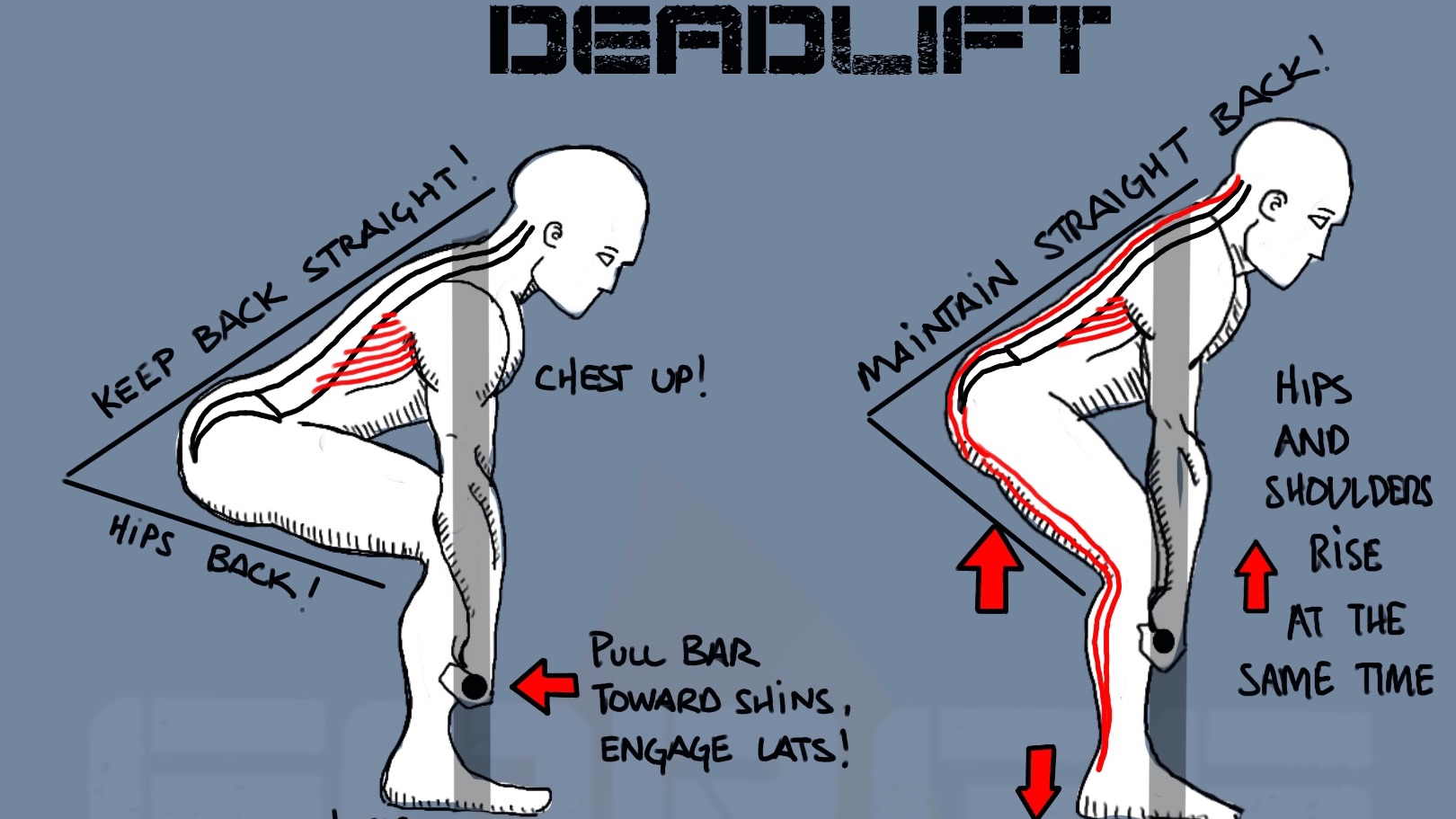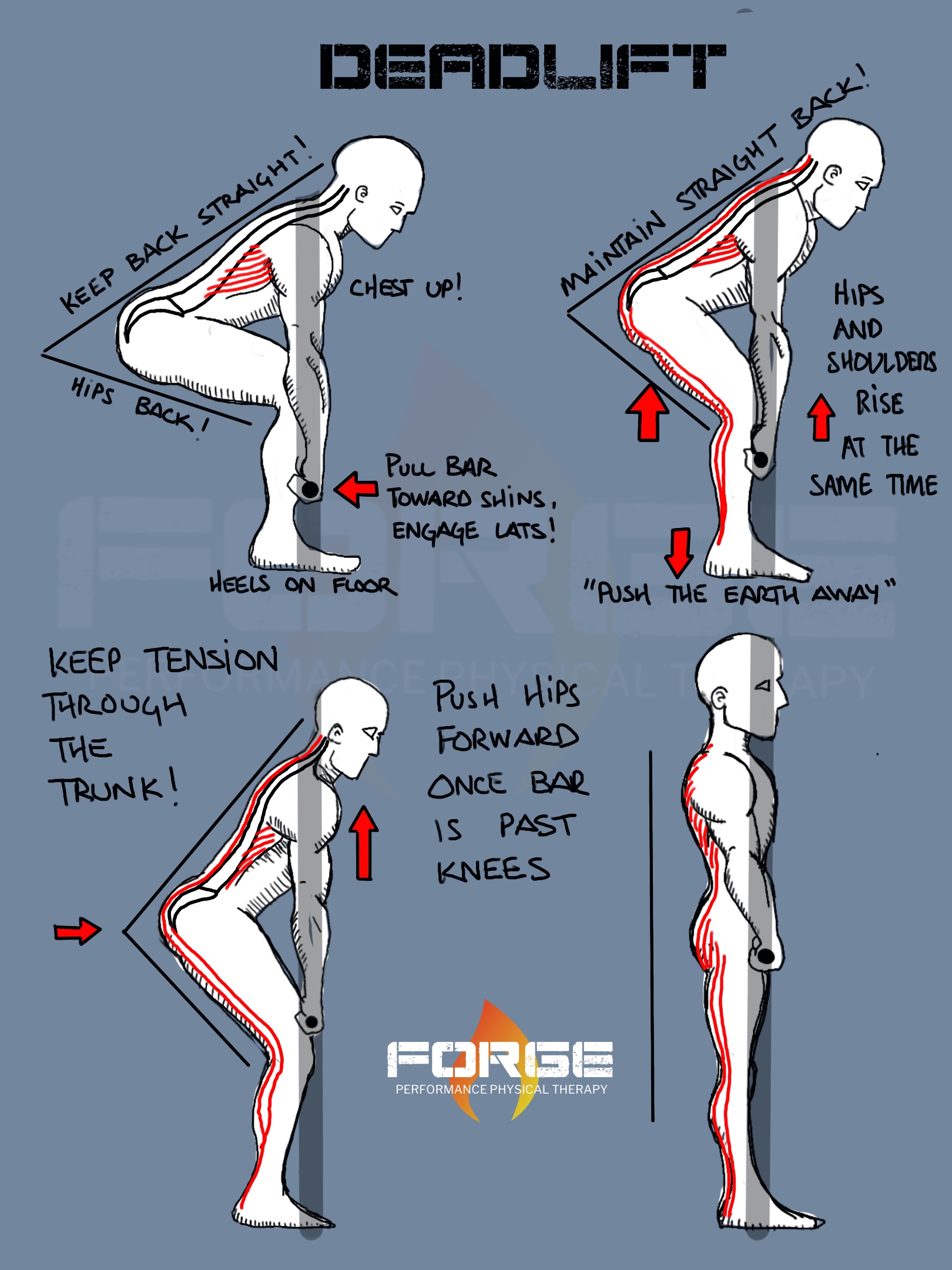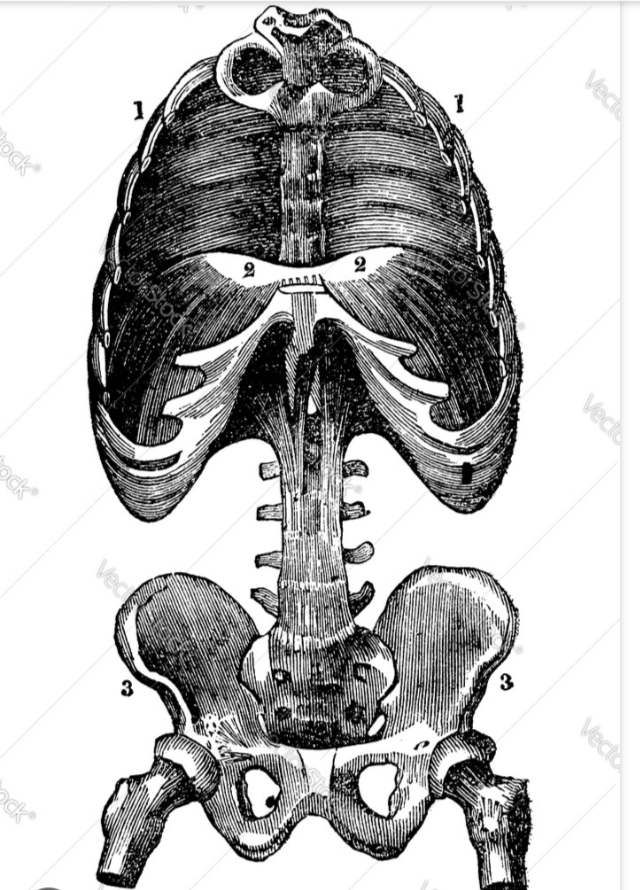The Steel Canister Principle
Jan 23, 2025
How is it that you could lift heavy loads off the floor one day with no problem, and the next day throw your back out just bending over to pick up your socks? Our spines can be strange like that. The answer can be complicated, but at it’s simplest form it comes down to preparation and organization.
Before you go to lift that heavy item, you probably go through some sort of postural preparation, getting your feet set, taking a deep breath, and putting yourself in the best position to get it done. Where in the case of the sock you probably didn’t even think about it, bent over, twisted, and tweaked something.
Today we want to give you a plan for success so that injury doesn’t happen again, and it comes down to making your midsection a Steel Canister!

Think of a submarine as it cruises below the waves. These amazing machines are basically steel tubes that are able to withstand the crushing pressures of the water above it by having a hull strong enough to push back on all sides with an equal amount of force. The stronger the hull, the deeper the sub can dive.
Our spines work the same way. If you load a weight on your back and start to squat with it, your spine acts like the hull of the submarine, pushing back against those forces to resist the compression being put on it. Even if your legs had the strength to lift the heavy load, if the spine above it is weak and wiggly, then the lift will fail and injury could occur. The stronger your “hull”, the more you can lift.
But it all depends on how you regulate the pressures from the inside of your body via your breath to ensure a successful, safe lift. Just as you wouldn’t open the hatch in a submarine while at depth (really bad idea), you want to make sure that you are maintaining protective pressures around your torso while under load to keep you safe and strong. This will involve getting familiar with your diaphragm using the Valsalva Maneuver!
Our spines are not as fragile as you may think, and while injury to the area can be very painful due to the close proximity of nerves in there, the structure itself can be solid indeed. We can alternate between making our spines loose and flexible to bend, but when it comes time we should also be able to make it solid as a statue.
We tend to underestimate how important our breathing patterns are to our ability to lift heavy things. In fact, you may be able to lift much more than you think you can, simply by controlling your breath.
Likely it’s something that you probably don’t even think about very much, or if you did there may be some confusion as to the “right” way to do it. Whether we are looking to avoid injuring ourselves, or just get the best lift we can in the safest way possible, it’s worth taking a minute to think about this most essential of activities we do as humans and how it affects our ability to lift and move things.
HOW TO PERFORM THE VALSALVA MANEUVER

Before you can understand the benefits of the Valsalva maneuver (which was named for a 17th century Italian physician), you need to know what’s involved in doing it. So let’s tackle that first.Think of your midsection like a canister: you can pull in air to increase the pressure in that canister and then block it off to keep the pressurized air inside. That pressurized air creates stability when you imagine directing it out equally in all directions: front, back and sides. If you had a sealed can of soda, you could stand on that can and it would support your weight because your force is directed equally to all sides of the can.
But as soon as the pressure of the can is opened/released, it loses its integrity and can be easily crushed by the downward pressures. Your spine can do the same thing. If properly braced with equal pressures, your body can sustain huge loads without injury or pain. All it takes is the proper amount of training, and learning how to breathe while lifting is an important part of that.
So let’s see what that looks like when you are doing squats:
- Take a big belly breath. When you take your big breath, you want your belly to expand, but you don’t want your chest to get big. Think “breathe into my belly.” You’re not really breathing air into your belly. That’s just a cue for you to get the deep breath we’re looking for.
- Close your glottis and exhale against it. The glottis is what allows air to go in and out of your windpipe when you breathe. When you close your glottis and exhale against it, air can’t escape your lungs, which in turn elevates intra-abdominal and intra-thoracic pressure. This provides your “core” the stability it needs to perform a heavy lift. More on this below.
- Perform the entire lift while continuing to exhale against your closed glottis. Do not let air out while going down or when you’re coming back up with the lift. Keep exhaling against your closed glottis for the entirety of the lift.
- Let the air escape from your glottis after the exertion. After you complete the rep, you can release the air from your glottis.
- Repeat the process for the next rep.
Make sure you’re exhaling against your closed glottis, and not your closed mouth — it can be hard to tell the difference when you’re just starting out. You can tell if you’re exhaling against your closed mouth if you feel a lot of pressure in your sinuses and/or your face.
To ensure you’re exhaling against your glottis and not your mouth, try performing the Valsalva maneuver with your mouth open. If you can feel air coming out of your mouth while performing your lift, you’re not using your glottis.
BUT WHAT ABOUT WEIGHTLIFTING BELTS OR BACK BRACES?
Weightlifting belts help magnify the pressure that performing the Valsalva maneuver creates in your torso. These belts don’t support your back while lifting, as it is often assumed. They don’t allow you to magically lift more weight.
Instead, the belt provides a proprioceptive cue to your torso to squeeze and tighten your core muscles harder when you’re lifting a really heavy weight. Using our pressurized analogy above, what you want to do is imagine your breath pressure pushing outward in all directions into the belt as a gauge of how well you are stabilizing your midsection. The weightlifting belt provides that feedback. For that reason, you want to be wearing your weight belt not at your low back/hips, but a little higher towards your upper abdominals/diaphragm. This bracing technique is what keeps your back safe while lifting and allows you to transfer more force to the bar.
There you go — how to breathe while lifting weights. Use the Valsalva maneuver: it’s generally safe, protects your back, and allows you to lift the bar more efficiently.
If you still have questions on how to properly engage those muscles and resist and/or recover from injuries, we are here to assist you! Contact us anytime, message us on the socials, or set up a call with us at the link below!
Forge Performance PT, helping active people STAY healthy and active through every decade of life.
Stay connected with news and updates!
Join the FORGE mailing list to receive info and updates, as well as tips and ideas on how to stay active and healthy through every decade of life, right to your inbox!
DON'T FORGET TO CHECK YOUR PROMOTIONS TAB IN YOUR EMAIL!
(Don't worry, your information will not be shared.)
We hate SPAM. We will never sell your information, for any reason.


